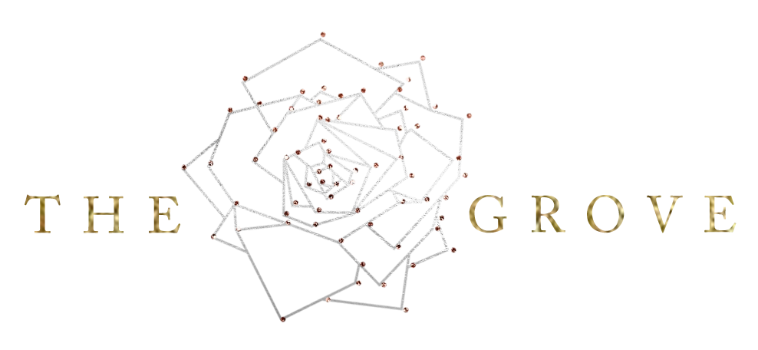Real Estate vs Interior Photography
By: Natalia Robert
VS.
A:
Wow, what a loaded question! This is still something that happens to me today, so I completely understand what you’re going through. Interior photography skills can be applied to working with interior designers, architects, builders, home product manufacturers, hotels, resorts, commercial spaces, anyone in the real estate world, stagers, flippers, vacation rental management companies, vacation rental home owners… there are so many possibilities!!
Unfortunately, the job falls on you to teach potential clients what you do and what you don’t do. We’ll talk about the different avenues for interiors photographers A LOT in The Grove because it’s just such a big topic, but let’s quickly address your question. For the sake of this question, when I refer to interior photography I’m talking about working with residential interior designers or architects.
When it comes to separating real estate from interior photography, here are the main differences I see:
- Workflow
Real Estate shoots need to be quick, the turnaround needs to be quick, and the quantity of photos delivered needs to be higher. We'll touch on why things are like this, but for now let's talk about the impact on workflow.
A quick photoshoot means less time for collaboration and looking at details. So while a real estate shoot often has the photographer going solo through a property and capturing it all within an hour, an interior shoot will often need 1+ hour for each space! Each photo is looked at with tethered devices, small items are moved inches to look good in that composition, and the lighting is either a more intricate setup or is more tailored to that specific photo's needs.
The turnaround needs impact the editing. While a real estate shoot is often needed ASAP, an interior shoot often has a 2-4 week turnaround period. Editing for interiors often includes more retouching as part of the standard edits - removing outlets, air vents, etc.
Finally, real estate shoots require handing over more photos than an interior shoot. This ties into the goals of each type of shoot, but suffice to say that with a need for more photos in a shorter shoot, that impacts the level of collaboration, the depth and automation of the editing, and the need for a smooth and quick process to already be in place.
- Goals
With real estate, you’re looking to thoroughly show the spaces, accentuate the spaciousness, and tempt people to come in the door. It’s for a one-time transaction.
With interior photography, your goal is to make beautiful artful images that show the design and create emotion. Unless you’re working on very high-end luxury real estate shoots, typical real estate jobs don’t demand artistry or emphasis on the design elements. These are photos that are intended to repeatedly sell the design skills of the designer to potential clients, and must be geared towards use in magazines, Instagram, and portfolios.
- Usage
This is another big difference, and one that many don't take into consideration. The way that the photos will be used will indeed dictate the look of them, the type of compositions, and what shots must be on your shot list. Most importantly, though, you have to consider this from a licensing perspective.
Real estate photos are technically licensed for use during that one single transaction, and the marketing needed for that one single transaction. In other words, once that home is sold, the client no longer retains the same rights to use the photos (unless stated otherwise in the contract).
Interior photos, however, are often licensed in perpetuity, which means that there's no expiration on the license. They also are marketing 24/7/365 for design services, across many platforms, so their value automatically is higher because of more usage and bigger returns from the marketing.
- Services
These days, shooting real estate photography often includes much more than just photography. It can include drone services, video services, floorplan creation, 3D tours, Instagram reels, and even a listing website. Having these add-ons helps to increase the revenue from each listing, but also speaks to the usage needs for a property listing.
Interior photography, on the other hand, is starting to call for architectural video and reels, but otherwise doesn't have a need for more add-on services. While this keeps things simpler, it also puts more emphasis on the quality of the few services offered.
Educating clients and the public never ends. But knowing WHY different types of shoots are charged and processed differently will make the conversation a little less awkward next time someone mistakes interior photography for real estate! The more you know your processes and show that you’ve thought things through, the more of a go-to expert you’ll become for your clients.
xo
Natalia





